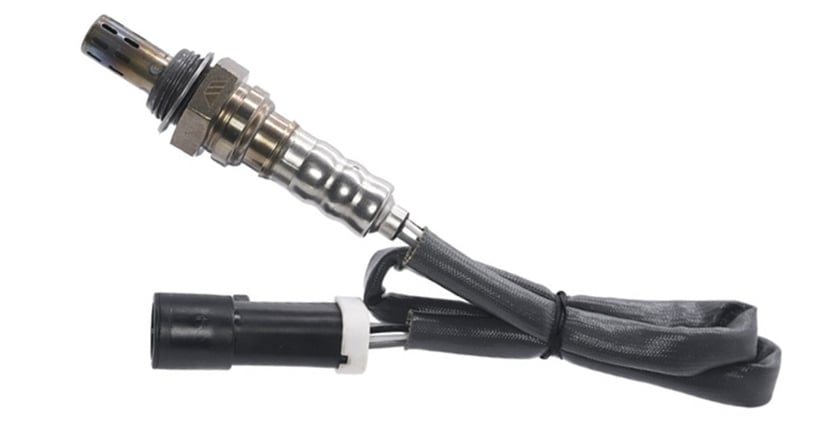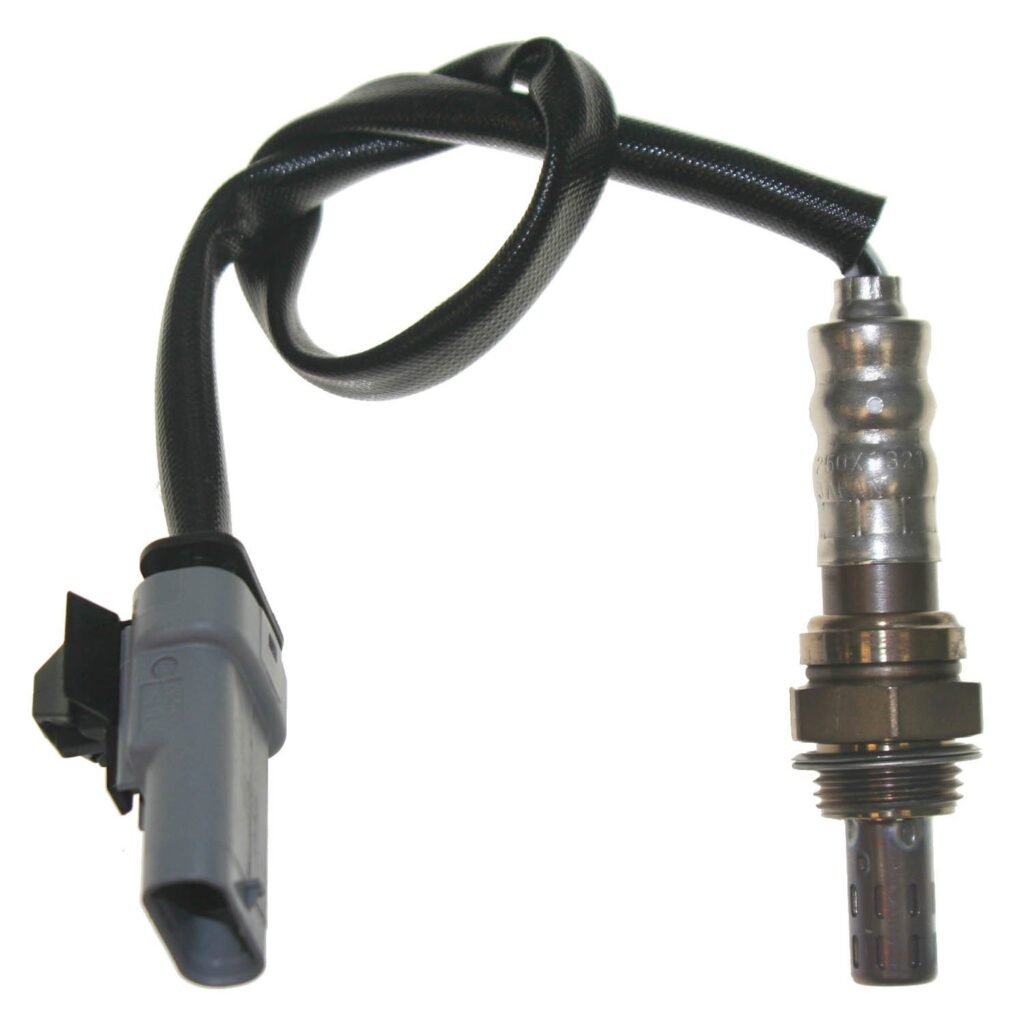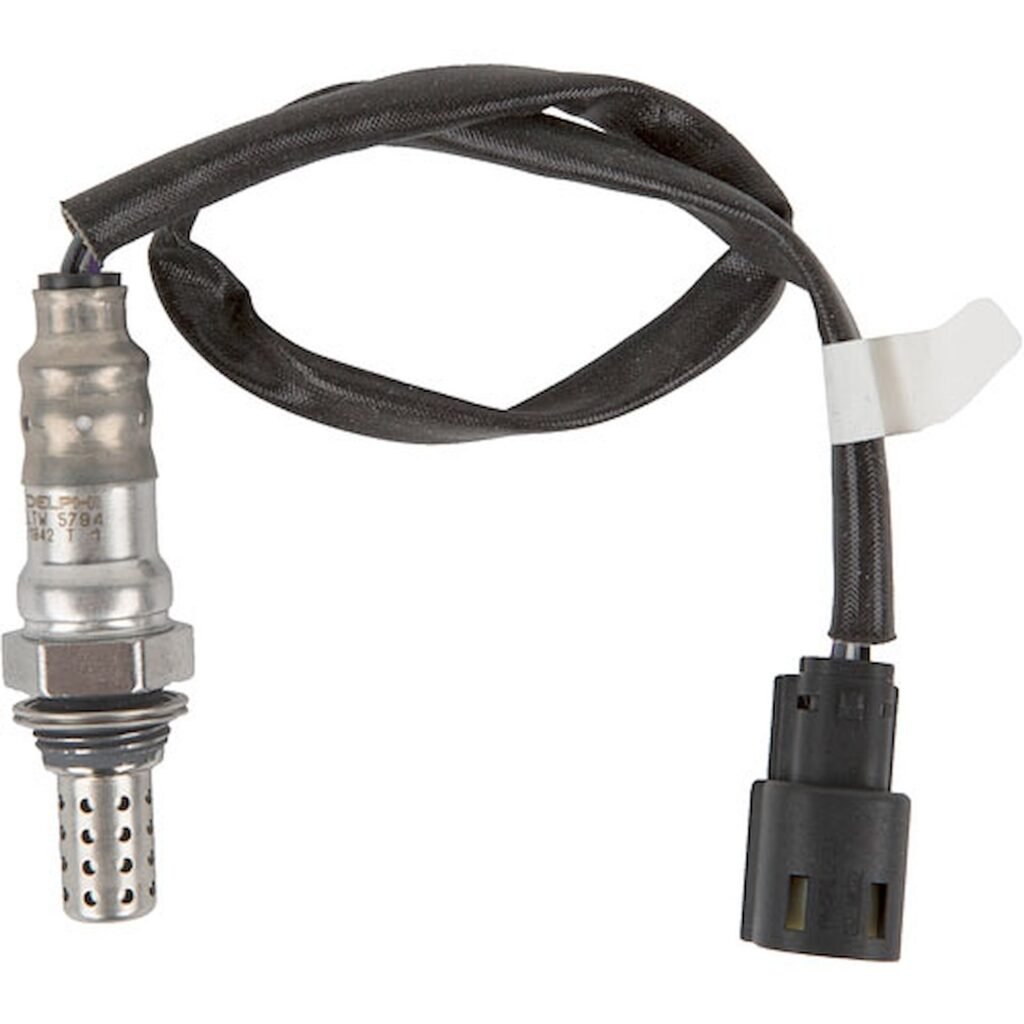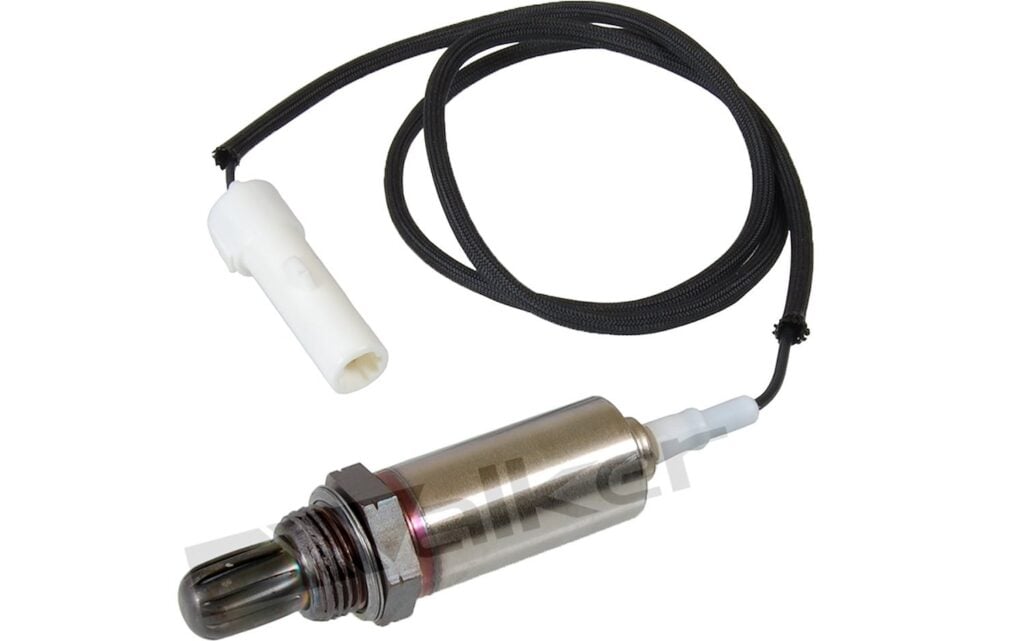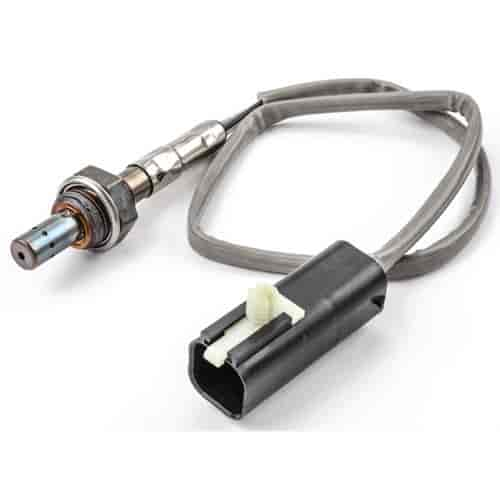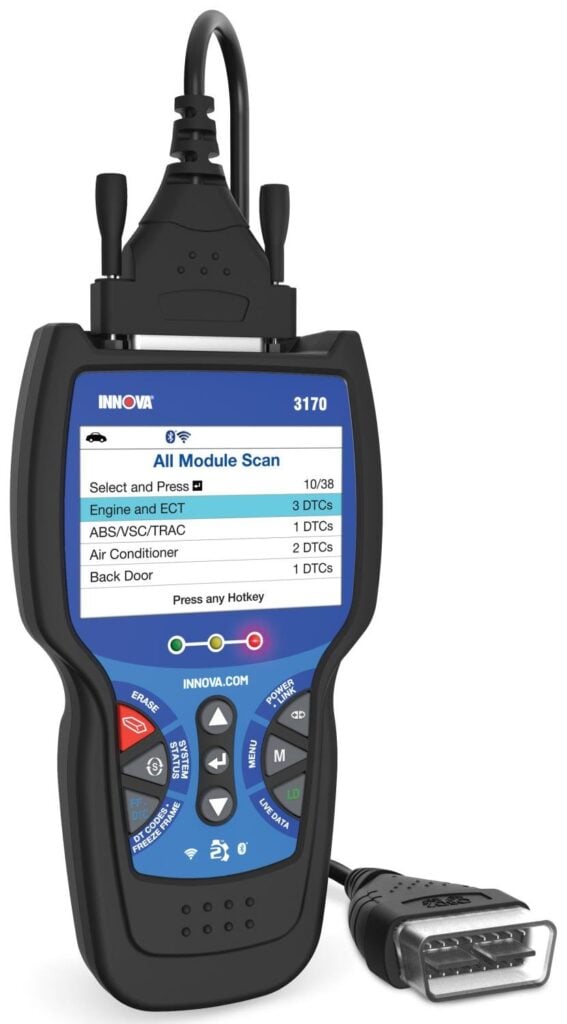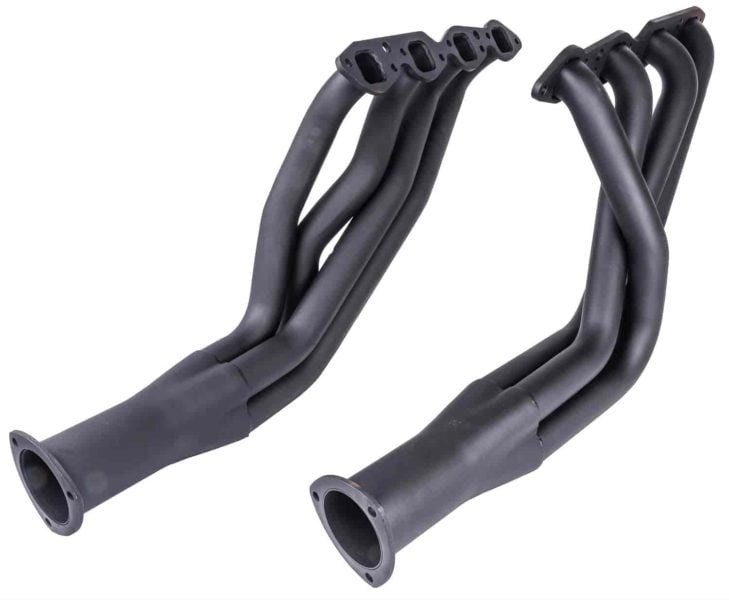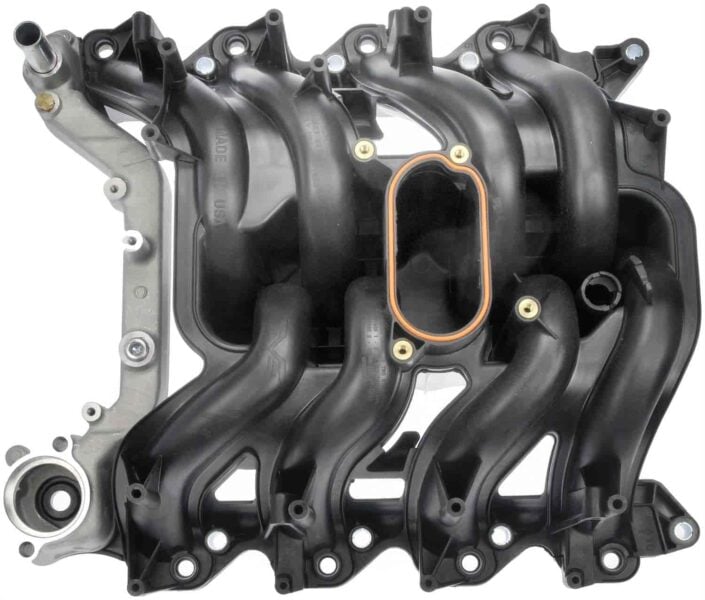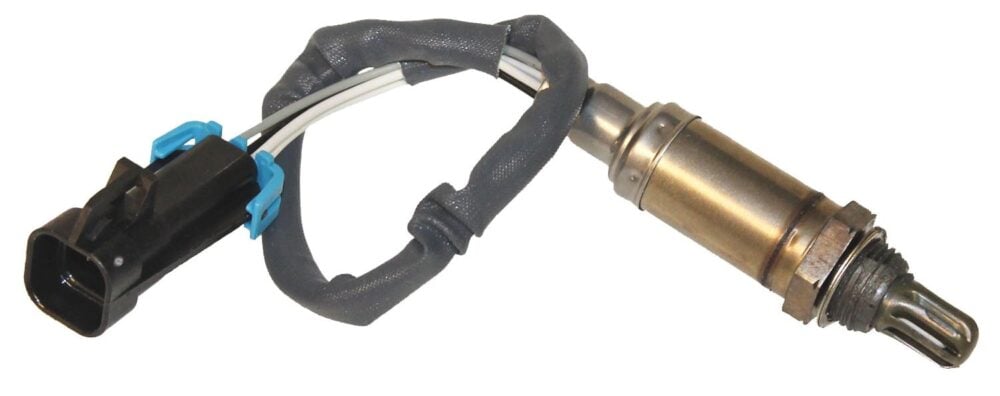You might wonder why your vehicle tends to illuminate its Check Engine light or occasionally throws error codes. Modern vehicles pack sophisticated electronic systems and multiple computers to control everything. Complex wiring networks and even fiber optics are used on some higher-end models. With such complexity comes an excellent fault diagnosis system that can tell you when something isn’t right with your vehicle. Today’s systems can even show you the fault in your vehicle’s multi-information display, down to which sensor could be defective. Of course, the system isn’t 100% foolproof, so human intervention and analysis are still required.
Then, you can take your vehicle to a competent workshop or even plug in your own OBD2 scanner and look at what’s gone wrong. This article will explain the P1133 code, what causes it, and how it can be fixed.
What Is a P1133 Code?
The P1133 code is a manufacturer-specific error code that applies to General Motors, Buick, Chevy, Dodge, Toyota, and Isuzu vehicles. It may also apply to other brands. This code pertains to the functionality of the Heated Oxygen Sensor (HO2S) – Sensor 1. Specifically, this code will be triggered if the car’s engine control module or ECU detects an insufficient amount of switching cycles between lean and rich running conditions over a pre-determined time frame. Typically, manufacturers set this time frame at 90 seconds.
Why is this called sensor 1? That’s because a vehicle may have several heated oxygen sensors at different points around the engine. Sensor 1 signifies the sensor that’s installed before the catalytic converter. Typically, this sensor will be located on, or near, the exhaust manifold. Sometimes, you can see the sensor and its wiring when you pop the hood. In other cases, you might need to access it from beneath your vehicle.
What Are the Symptoms and Causes of a P1133 Code?
The most common symptom of a P1133 code is the illumination of the Check Engine light, usually around 90 seconds or later after engine start-up. However, there are some other symptoms that you may encounter and notice while driving.
- Your vehicle is difficult to start. It may take a long time to crank with the key or start button before the engine turns over. Sometimes, it may stall and need to be cranked again.
- Your engine idles roughly, with fluctuating RPM and increased vibration.
- Black smoke is visible from the exhaust tailpipe, particularly when the engine has just been started.
- Decreased performance, particularly when accelerating or climbing hills.
- Overall fuel consumption has increased noticeably during all driving scenarios (heavy city traffic, light city traffic, and highway driving).
How Serious Is the P1133 Code?
On its own, the P1133 code isn’t overly serious as soon as it appears. You’ll encounter all the above symptoms, which will make your vehicle less pleasant to drive. The increased fuel consumption will also cause you to spend more money on fuel.
However, if you disregard the P1133 code and continue driving in this degraded state, your engine will suffer damage due to the constant lean or rich running condition. Hence, you could be faced with heavy repair bills down the line.
Furthermore, your car’s emissions will no longer be within specification. Hence, you may fail emissions testing, making your vehicle illegal to drive until the fault has been addressed. Prolonged running can also cause damage to your catalytic converter and necessitate its replacement.
How Easy Is It to Diagnose a P1133 Code?
Firstly, you’ll notice the Check Engine light or the symptoms above. Then, you can either take your vehicle to a competent workshop or plug in your own OBD2 scanner. If you own an OBD2 scanner, you’ll know what a versatile piece of kit it is. Some merely present the error code to you, while others will provide an explanation similar to what we’re doing right now. When you see that the error code P1133 is present, there are a few reasons why it may have appeared.
The most likely cause is a defective heated oxygen sensor. Sensors fail over time, especially those exposed to high temperatures. Your vehicle’s maintenance regime or recommended maintenance item list may list this sensor as a recommended replacement after a pre-determined mileage. Hence, if your vehicle is above this mileage and the sensor has never been replaced, this is the most likely cause. You can ask a workshop to perform the repair or purchase the part and do it yourself. If you choose to do it yourself, don’t forget to reset the error code log via your OBD2 scanner so that the Check Engine light will be extinguished.
Another reason to see the P1133 code is that there may be a vacuum leak in your engine’s intake side. A vacuum leak means that the engine doesn’t receive the required airflow, and hence it cannot make the correct ratio of air to fuel for optimal combustion. There are plenty of ways to check for vacuum leaks, or you can take your vehicle to a workshop.
A rather more serious cause is an issue with the wiring harness. This can be near the sensor, or further down the line between the sensor and the ECU / ECM. In this case, diagnosis can be a lengthy process as the wiring must be traced from the sensor to the ECU to find the fault. You’d be better off taking your vehicle to a workshop if you’ve eliminated the first two causes, but the P1133 code remains.
Banish All Your Code Woes With JEGS
Check Engine lights can be fearful to see, which is why we are on hand to help. Contact JEGS and we’ll help you acquire the best tools to diagnose these faults. Backed by our first-class customer service and top-notch warranties, you’ll be sorted for life. That’s why thousands of happy customers rely on us for all their automotive requirements. Join the community and enjoy unmatched peace of mind.

